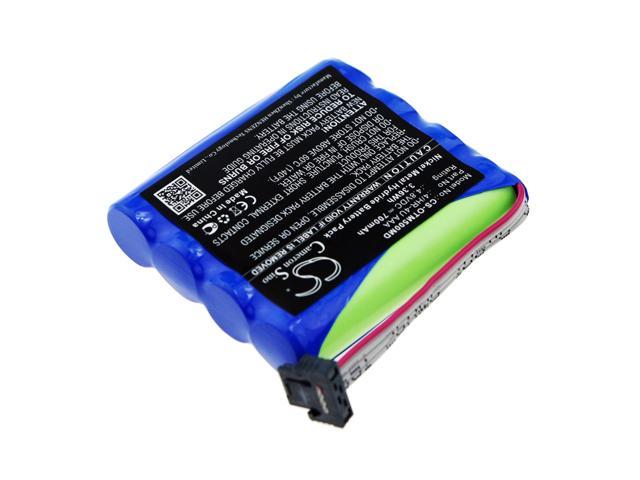

Adults aged 18–65 years with documented type 2 DM and who were willing to undergo retinal photography with two fundus cameras were included in the study. The duration of the study was 6 months, from June to November 2018. In this single visit, prospective cross-sectional validation clinic-based study, patients attending the ophthalmic department of a tertiary care diabetic center were recruited. The current study assessed the accuracy of smartphone-based NM retinal imaging cameras manufactured in India in the detection of DR and STDR compared with conventional desktop mydriatic fundus camera. NM smartphone-based retinal cameras manufactured in India have not been adequately evaluated. Most smartphone-based imaging devices for DR detection require mydriasis. In that study, the sensitivity and specificity to detect any DR was 58.8% and 69.1%, respectively by grader 1 and grader 2 it was 57.3% and 68.3%, respectively. An earlier study showed lower sensitivity and specificity of conventional NM retinal imaging to detect DR in India.

Less expensive and nonmydriatic (NM) retinal cameras are now available and some are also manufactured in India.

Traditional fundus cameras offer good-quality images but are bulky, office-based, technician-dependent, often need mydriasis, and are expensive. Fundus photography for DR screening is globally accepted and adopted a screening tool for DR. Advances in retinal imaging could potentially transform the management of people with diabetes, and help reduce health care costs and resources.Įarly diagnosis of DR is possible by well-planned national level screening programs, which are integrated with diabetes management. DR screening has been shown to be a cost-effective method of preventing diabetes-related vision loss. Improvement in screening modalities and treatment options would help reduce the health burden due to DR and improve the quality of life. DR is now one of the leading causes of preventable blindness. The global prevalence of DR and sight-threatening DR (STDR) among individuals with DM was reported to be approximately 35% and 10%, respectively. In 2017, there were 451 million (age 18–99 years) people with DM worldwide and by 2045 this is expected to increase to 693 million. Further studies are warranted in other settings.ĭiabetic retinopathy (DR) is an important microvascular complication of diabetes mellitus (DM). Smartphone-based NM retinal camera had fairly high sensitivity and specificity for detection of DR and STDR in this clinic-based study. The sensitivity and specificity to detect any DR by NM camera was 75.2% (95% confidence interval (CI) 68.1–82.3) and 95.2% (95%CI 91.1–99.3). DR and STDR were detected in 45.3% and 24.5%, respectively using NM camera, and in 57.6% and 28.6%, respectively using mydriatic camera. Results:Ģ45 people had gradable images in one or both eyes. The sensitivity, specificity, positive predictive value (PPV), and negative predictive value (NPV) to detect DR and STDR by NM retinal imaging were assessed. DR was graded using the international clinical classification of diabetic retinopathy system by two retinal expert ophthalmologists masked to each other and to the patient's identity. Patients with diabetes underwent retinal photography with a smartphone-based NM fundus camera before mydriasis and standard 7-field fundus photography with a desktop mydriatic fundus camera after mydriasis. To evaluate the sensitivity and specificity of smartphone-based nonmydriatic (NM) retinal camera in the detection of diabetic retinopathy (DR) and sight-threatening DR (STDR) in a tertiary eye care facility.


 0 kommentar(er)
0 kommentar(er)
